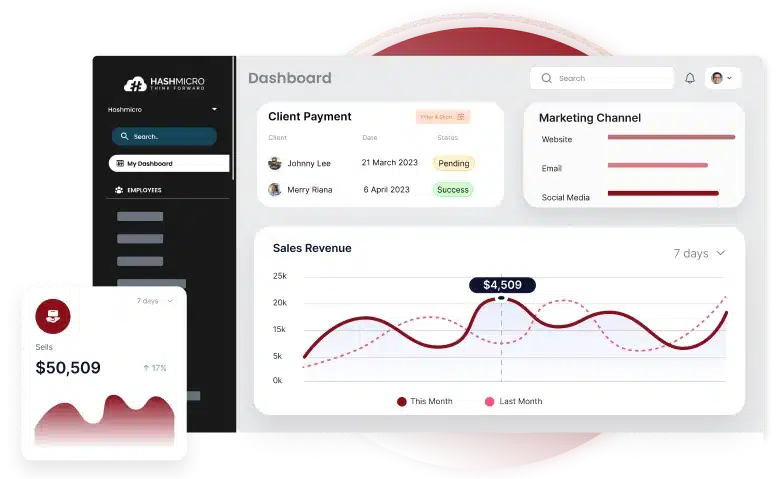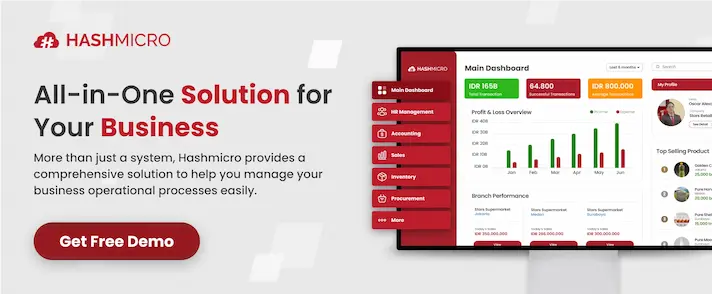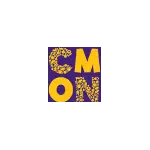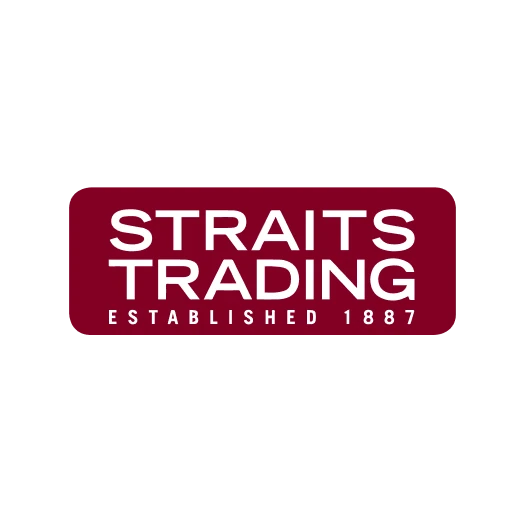Turning a lead prospect into a loyal customer is more than just a sales goal; it’s a competitive necessity. As companies across various industries invest in digital tools and data-driven strategies, the ability to identify, nurture, and convert leads into qualified prospects has become a key factor in determining success.
But what exactly distinguishes a lead from a prospect, and how can businesses in Singapore optimize both to drive sustainable growth? This article examines the key differences and types of lead and prospect management within Singapore’s distinctive market landscape.
Key Takeaways
|
What is a Lead?
In sales, a lead in Singapore refers to a potential customer or client who has shown interest in a product or service but has not yet been qualified to determine if they are ready to make a purchase.
These leads may come from marketing campaigns, events, website inquiries, or referrals. It is also often found through digital channels, such as LinkedIn, Google Ads, or email newsletters, especially in Singapore’s tech-savvy market.
For example, a construction company in Singapore receives a website inquiry from a project manager asking about excavator rental rates; now that’s a lead. After that, the sales team still needs to assess their budget, timeline, and decision-making power to qualify them further.
What is a Prospect?
In contrast to a lead, a prospect in sales is a potential customer who has been qualified. Meaning they have a clear need, interest, budget, and authority to make a purchasing decision, making them more likely to convert into a client.
A prospect typically arises after a lead has been nurtured and qualified by the sales or marketing team. In Singapore’s B2B market, prospects often undergo a structured decision-making process involving multiple staff members.
For example, a logistics company schedules a demo with a retail chain in Singapore that has expressed clear interest in switching to a new supply chain software, has the budget, and is speaking with decision-makers; now this is a sales prospect.
5 Key Differences Between Leads and Prospects
So, what is the difference between a prospect and a lead? While both represent potential revenue, confusing one for the other can lead to wasted time, misaligned communication, and lost opportunities.
Here are five key differences between leads and prospects:
| Leads | Prospects |
|---|---|
|
|
How to Turn a Lead Into a Prospect
After learning about the differences, you should know that the real challenge isn’t just generating leads, it’s knowing how to qualify and convert them into sales-ready prospects.
Here are a few steps to turn a lead into a prospect:
1. Engage with personalised communication
Use culturally relevant, professional, and direct communication via email, LinkedIn, or phone to begin a relationship. Demonstrate awareness of their industry and local challenges.
2. Provide value early
Share local case studies, data-driven insights, or product demonstrations that directly relate to the lead’s business. Singaporean clients expect information that’s practical and specific to their market.
3. Schedule a call or meeting
Move the conversation forward by setting a brief consultation or demo. Many Singaporean business owners value efficient meetings with clear agendas, so it’s best to come prepared.
4. Confirm intent and fit
After your initial conversations, confirm whether the lead has both the intent to move forward and a suitable fit for your product or service. Once these are clear, the lead becomes a qualified prospect.
Curious how to turn more leads into real prospects and do it easier with the right tools? Check out our pricing scheme and get yourself up to 70% funding from the CTC Grant today!
Different Types of Leads and Prospects
Not all leads and prospects are created equal. From general inquiries to highly engaged buyers, understanding the different types of leads and prospects can help sales teams prioritize efforts and tailor communication more effectively.
Here are different types of leads and prospects:
Leads
1. Cold leads
Individuals or companies with no prior interaction, often sourced from databases or outreach campaigns. Common in outbound B2B efforts, such as LinkedIn cold messaging.
2. Warm leads
Contacts who have shown some interest, such as downloading a brochure, visiting your website, or clicking on an ad, are often generated through inbound marketing or referrals.
3. Hot leads
Highly engaged leads with strong buying intent, such as those requesting a demo or a quote. In Singapore, these often come from specific campaign funnels or networking events.
Prospects
1. Ideal prospects
Fit your target profile perfectly, with the right industry, size, budget, and timeline. These are high-priority prospects with strong closing potential.
2. Nurtured prospects
Leads that have been engaged over time and are now ready for conversion. Common in longer sales cycles like SaaS or enterprise solutions in Singapore.
3. Referral prospects
Introduced through existing customers or partners, they are often more trusted and faster to convert in Singapore’s relationship-driven business culture.
Streamline your Leads and Prospects Conversion with Hashmicro CRM Software

When it comes to sales, HashMicro doesn’t just help you store leads; it enables you to find, prioritize, and convert them efficiently using automation, data, and intelligent workflows tailored to how businesses operate in Singapore and the Southeast Asia region.
HashMicro CRM Software helps companies in Singapore find and convert leads into qualified prospects through its integrated CRM system, which captures leads from various channels like websites, email campaigns, and social media.
Here are the key features of HashMicro CRM software:
- Hashy AI: Hashy AI from HashMicro integrates with your website, landing pages, social media, and email campaigns to automatically collect and store lead data in one place, eliminating the need for manual entry and lost inquiries.
- Lead qualification: The system ranks leads based on predefined criteria, such as engagement, location, company size, or job title, helping your sales team focus on the most promising prospects first.
- 360-degree customer insights: HashMicro provides detailed profiles for each lead and prospect, including communication history, interests, purchase behavior, and stage in the sales funnel. This makes it easier to personalize outreach and move them down the funnel.
- Lead assignment & follow-up automation: Leads can be assigned to specific sales reps based on territory, industry, or workload. The system also reminds reps to follow up, so no lead slips through the cracks.
- Real-time reports and analytics: With customizable dashboards, HashMicro enables you to measure lead sources, conversion rates, and team performance, empowering you to refine your lead generation strategies over time.
Conclusion
Understanding the difference between leads and prospects is crucial for businesses seeking to establish an effective and successful sales process, particularly in a competitive market like Singapore. While leads represent initial interest, prospects are the qualified opportunities that truly drive revenue.
HashMicro CRM Software, trusted by over 2,000 clients, helps you track the status of each lead. From awareness to interest to qualified prospects, allowing your team to follow up with the right message at the right time, increasing conversion chances.
Try our free demo now and get your business up to 70% funding from the CTC Grant today!
FAQ About Lead Prospect
-
What is a prospect lead?
A prospect is a qualified lead. To qualify a lead, you engage with them in some way and realize that they’re a match with your ideal customer profile. At this stage, the prospect is interested in your brand, but they may not be ready to make a purchase just yet. Every business qualifies leads differently.
-
Which is first, lead or prospect?
Lead generation comes first, focusing on attracting and capturing the interest of potential customers. Prospecting follows, where sales teams qualify these leads to determine if they are likely to become customers.
-
What is the lead prospecting process?
A more comprehensive answer is that prospecting is an elaborate process aimed at identifying potential leads. It includes researching, reaching out, following up, and nurturing relationships with potential clients. Prospecting holds the key to identifying leads, qualifying them, and moving them down the sales funnel.



















































